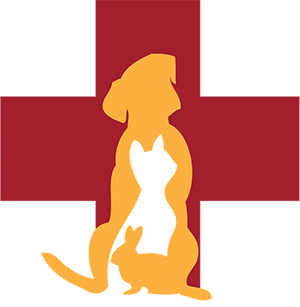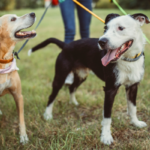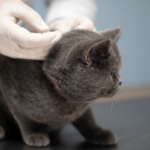What is aggression?
In animals, aggressive behaviors are a means of communication. Aggression can have multiple motivations whether it be for food, territory, to increase reproductive potential, or for self defense.
THERE IS NO ONE SINGLE CAUSE OF AGGRESSION.
Many factors and stimuli may combine to push the dog to a point where aggression is displayed.
Ethologists (persons who study animal behavior), say that aggressive behavior can be divided into offensive and defensive aggression. In dogs the supposed function of the aggression is most commonly used as the basis of classification;
- Dominance
- Possessive
- Protective & territorial
- Fear induced
- Pain induced
- Parental
- Play
- Medical
eg. a dog may be territorial and scared of children. This dog may only show aggression when it is cornered or tied up and cannot escape and a strange child comes into the dogs property. When the dog learns that snapping or growls are successful at chasing the child away, the behavior may be repeated in other situations.
Is it normal?
Although some aggressive behaviors may be ‘normal’, if it results in human or animal injury it is both dangerous and unacceptable. Human safety MUST always be a primary consideration when discussing aggression. It is important to be able to identify aggressive dogs to prevent injuries wherever possible.
Excited dogs ; will look like they are smiling. Will be wagging their tail, jumping and possibly barking. Their ears will be pricked up and they will be looking for any sort or attention they can get. NEVER scream, run or raise your hands in the air. Doing so will make them even more excited and could knock a child over.
Scared; will have a hunched appearance, ears will be flat against its head and avoid making eye contact. NEVER approach a scared dog. Try to comfort the dog with soft voice tones and seek help.
Angry ; An angry or aggressive dog will lean forward, show you their teeth and growl or bark. Watch for the hairs which stand up along the back of their spine, which are called ‘hackles’. NEVER scream or yell, run away, look into the dogs eyes or try to scare it away.
Some aggression may have abnormal components and be the result of either genetics or disease conditions such as:
- hormonal imbalances
- organ disease
- environmental influences
- experiences and learning.
How should I respond?
If the threat is far away the animal may choose to flee, but if it is very close the animal may choose to fight.
Dogs which are mildly fearful may calm down if the intruder shows no fear, waits until the pet settles, then offers a food reward.
Reaching for a dog while continuing to advance is most likely to lead to aggression.
Standing still is often the best way to reduce aggression in a dog that is chasing.
In some cases, despite standing still and avoiding further advancing / retreating, the aggression continues.
What if my pet is showing signs of dominance / aggression?
First, identify all situations that might lead to aggression and prevent access to these circumstances (by caging or confinement) or otherwise control the dog when a confrontational situation might arise. A head collar and lead is a good way to control the dog inside the home.
Second, identify and correct those situations where the dog may not be aggressive but is asserting its dominance.
- Dogs should not be allowed onto furniture or beds. These are places where people are, and therefore a potential location for an encounter and injury.
- Height can also confer dominance status. Dogs should sleep on their own mat, or in their own area. In addition,
- dogs that lead or pull the owners through doors or on walks, must be taught to heel and follow.
Third, withdraw all privileges. Affection, attention, praise, food, treats, play and toys are rewards and must be earned. When rewards are given on demand, the dog is controlling the owner, and the owner is rewarding the domineering or demanding behaviour.
Rewards take on their highest degree of motivation when they have been withheld.
In order to retrain these dogs and show that the owner is in control the dog needs to learn that these resources will only be given when they are earned for obedient and subordinate actions in the presence of the owners.
- if a dog seeks any form of attention, affection, play, or food, the dog must be ignored so that it cannot achieve control over these resources.
- Reward based obedience training is essential for all dogs, but especially those that are disobedient or dominant aggressive. Begin in safe and successful environments with rewards given for compliance.
- Once successful, these commands should be practiced in a variety of environments and with all family members.
Fourth, be in “control”. Do this by controlling the resources that the dog wants and then require the dog to “earn” them. This means that before the dog gets what it wants, the dog is asked to come, sit, stay or “go to its mat. Some dogs will not sit when asked. If they do not obey, they do not get what they want. Should the dog come to you to demand attention, affection, play, or food, ignore it. The rewards must be only given when your dog responds to one of your commands.
Since aggression depends on the situation, the pets level of motivation, previous experiences and the type of aggression, it will be necessary to have a behavioral consultation with one of our veterinarians in order to provide an accurate diagnosis and appropriate treatment plan.





